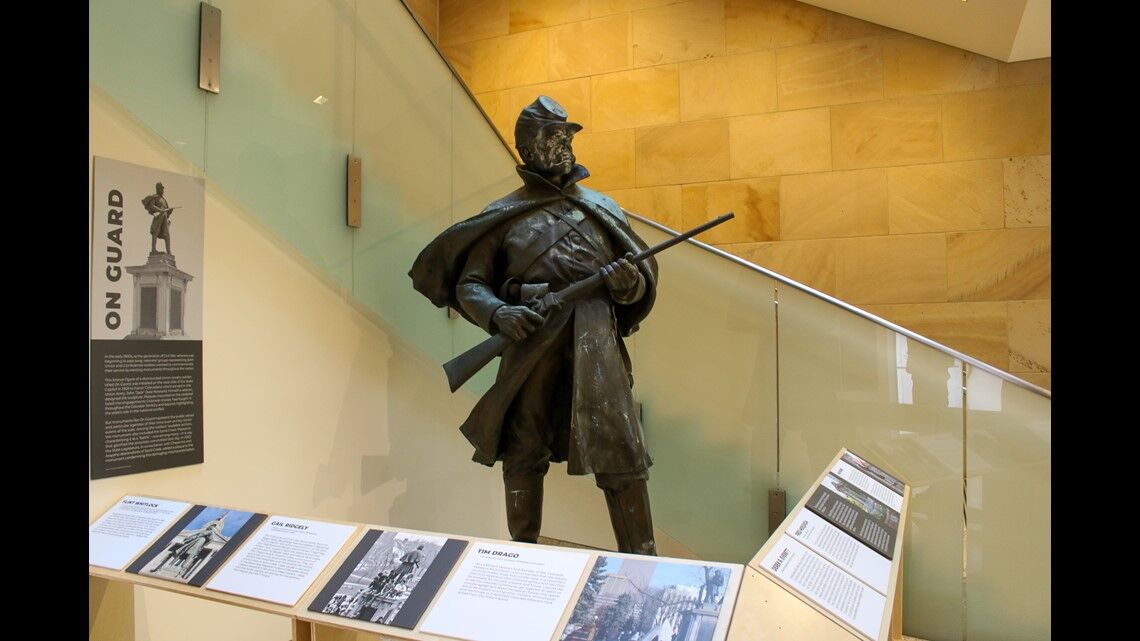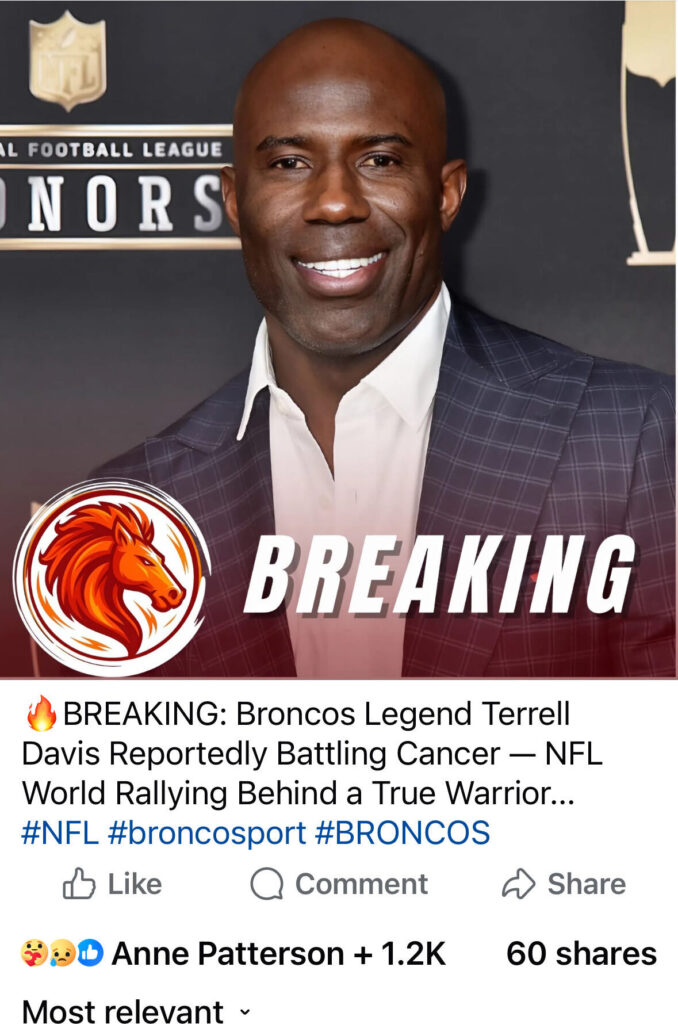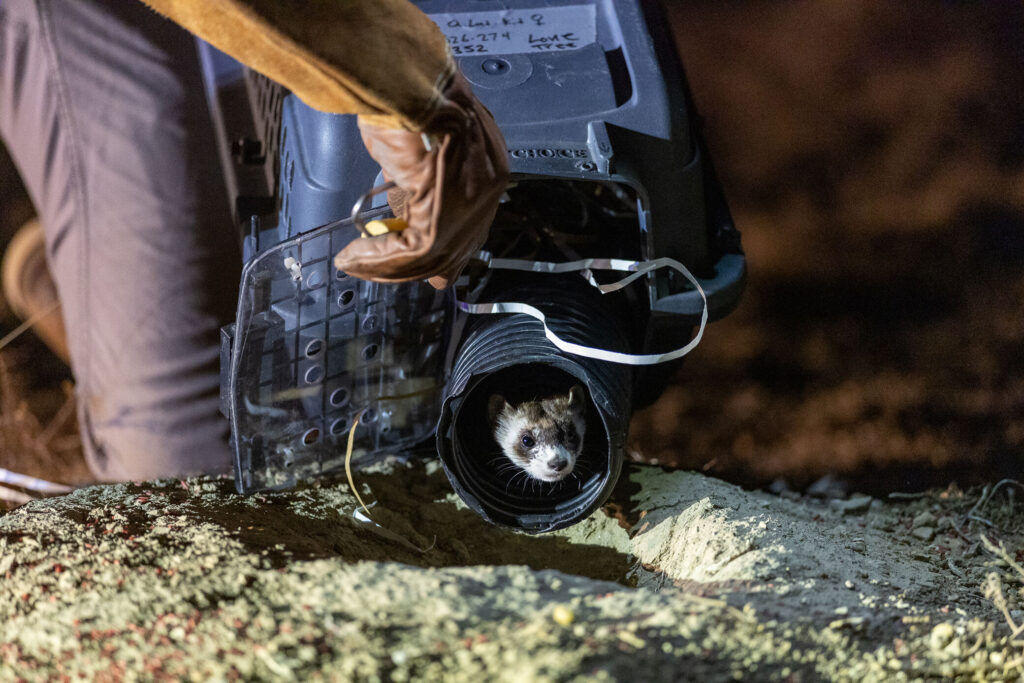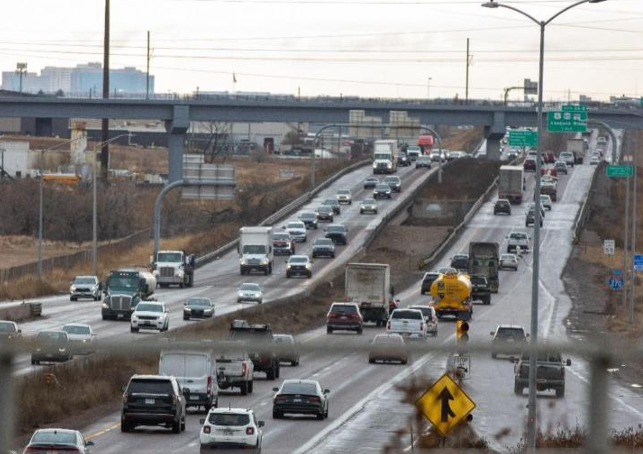History Colorado debuts ‘Moments That Made US’ exhibit to mark state’s 150th birthday

History Colorado debuted a new exhibit on Saturday featuring 50 different artifacts from U.S. history to mark the state and country’s upcoming anniversaries.
As Colorado celebrates its 150th anniversary and the U.S. its 250th next year, the exhibit, “Moments That Made US,” intertwines those two histories, said Senior Exhibition Developer & Historian Gwendolyn Lockman Friday afternoon.
“The driving questions of this exhibit were ‘what does The Declaration of Independence mean out here?’ ‘What does 1776 mean out here?,'” Lockman said. “We decided to take a very broad look at American history. We start thousands of years ago with the domestication of corn and indigenous agricultural processes and go all the way to today.”
Among the artifacts featured in the exhibit is the inkwell used by Gen. Ulysses Grant and Gen. Robert Lee to sign the Confederate Army’s terms of surrender at Appomattox Courthouse at the end of the Civil War, Lockman said. Another is a piece of the USS Maine, the battleship which blew up in Havana Harbor in 1898 and helped spark the Spanish-American War.
One of the goals of the exhibit, Lockman said, is to illustrate various angles of both the state’s and the country’s history, even in ways that may sometimes contradict what visitors may have been taught.
“We wanted to show that history is not predestined, it’s a number of both accidents and actions that people take,” Lockman said. “I hope that people start their learning with our exhibition and they walk away curious to learn more.”
Some of those alternate angles include the understanding of Paul Revere as a craftsman rather than just his role in his famous Midnight Ride, the role of women in the American Revolution and the understanding that Sacagawea was likely less of a guide than a prisoner on Lewis & Clark’s expedition into the depths of the American West, Lockman said.
“Part of what we’re trying to do here is encourage Coloradans and visitors to the Centennial State to think about their relationship to history and the way they want their future to look, to think about that in relation to the past,” Lockman said. “In doing that, we wanted to help build what we often call in teaching history ‘historical empathy,’ and think about what people said and felt in the past … there were times where certain voices were put above other voices, there were times where progress was made and progress was lost.”
The exhibit is one of three currently at the museum to celebrate the state’s and country’s anniversaries. One, the Expedition 1776 Gallery, explores what that year meant to the American West. The other, the 38th State Exhibition, analyzes why Colorado became a state in 1876, and the factors that contributed to that decision.

















